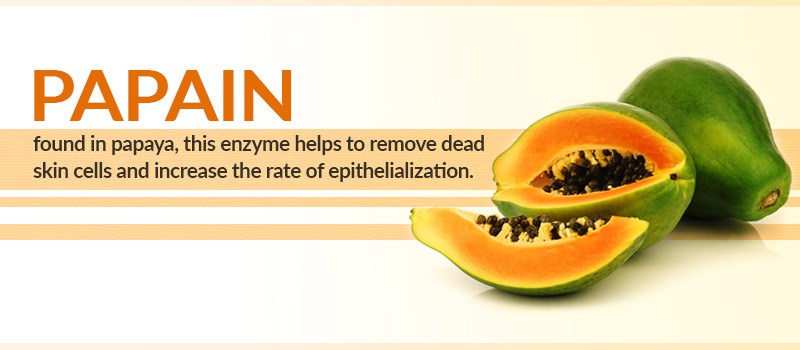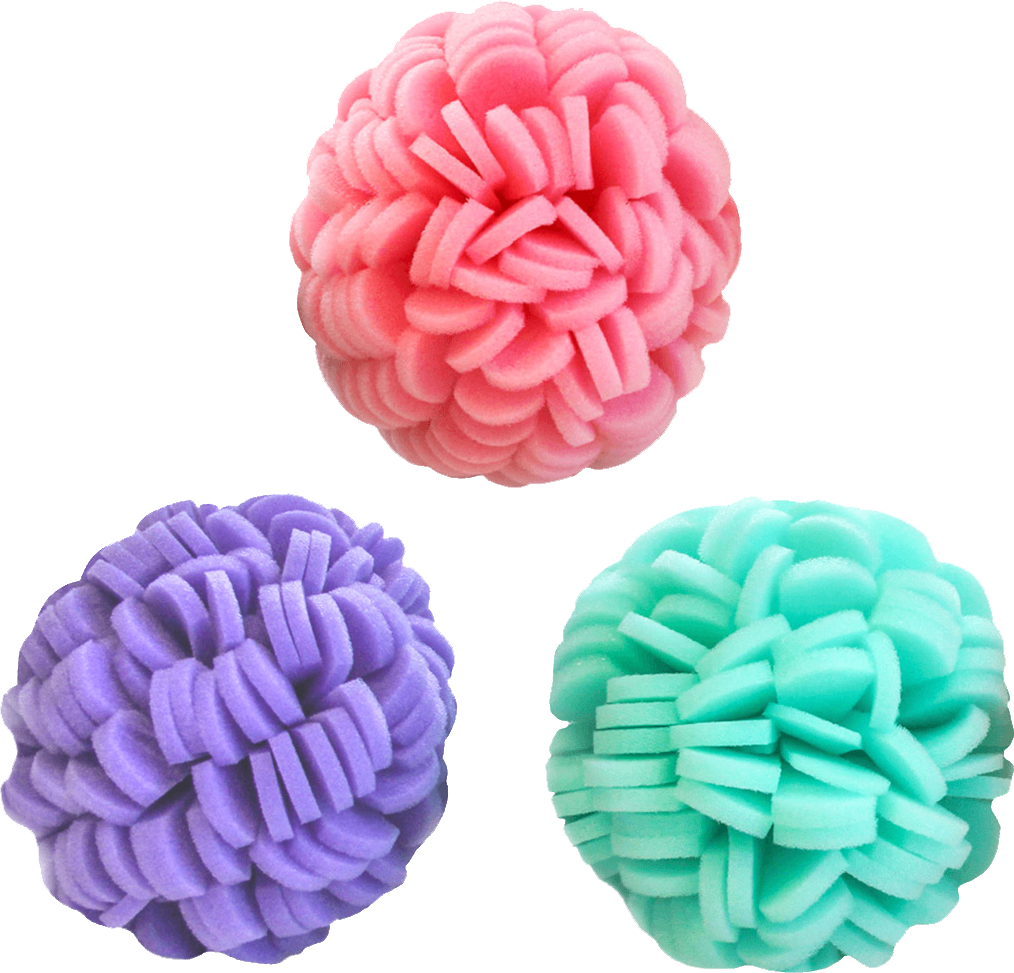Keratosis Pilaris
What is Keratosis Pilaris?
Keratosis Pilaris is a harmless, albeit annoying and unappealing, condition which makes the skin appear to have rough, hardened little bumps on their skin, which some akin to having permanent goosebumps (British Skin Foundation). Keratosis Pilaris is oftentimes due to hereditary factors and is characterized by old skin cells that flake off as a fine dust that can clog pores. The bumps tend to appear on the buttocks, thighs, and upper arms (though some may develop them on their cheeks), with many reporting that these bumps disappear in the summer but reappear in colder months (American Osteopathic College of Dermatology, American Academy of Dermatology). Most people see their keratosis pilaris resolve itself by age 30 (MayoClinic)
How Often Should I Exfoliate Keratosis Pilaris?
Those suffering from Keratosis Pilaris oftentimes have dry skin. Therefore, it may be best to exfoliate once a week, in order to avoid further irritation. If your skin responds wells to once-weekly exfoliation but still needs some extra help, you may want to try exfoliating twice a week and seeing how your skin responds.
What Ingredients Should I Use?
Salicylic Acid
If you read our ViaBuff Blog, you know that we love salicylic acid. This potent keratolytic agent can break down intercellular bonds between hardened or dead skin cells so that they can be more easily removed (Journal of the American Academy of Dermatology). Even better, salicylic acid absorbs more quickly into dried skin and acts for a longer period in dry skin than it does in normal or oily skin (Clinics in Dermatology) – a bonus for those of us who suffer from especially dry skin and Keratotis Pilaris. Want to learn more salicylic acid? Check out our article 5 Things that You Never Know about Salicylic Acid.

Glycolic Acid
Although not quite as great as salicylic acid in terms of exfoliation, glycolic acid is still a great addition to your skincare routine when fighting dead skin cell buildup. Glycolic acid, much like salicylic acid, works by breaking down intercellular cohesive bonds so that dead or old cells may be removed. Additionally, glycolic acid is believed to sooth erythema and offer some photoprotection (BioMed Research International, Dermatologic Surgery). According to research published in the Egyptian Journal of Histology, glycolic acid can also treat hyperpigmentation by altering melanocytes – a plus if excessive picking has left your skin scarred. This study also noted that glycolic acid increased the number of active fibroblasts and bundles of dense collagen in guinea pig skin, meaning that glycolic acid make skin return to its normally health state, in addition to soothing inflammation and exfoliating old skin.
Bromelain
Derived from pineapple, bromelain is an enzyme that breaks down intercellular proteins and encourages your skin to naturally exfoliate itself (Dr. Mary P. Lupo for Today.com). Specifically, bromelain breaks down intercorneocyte bonds into smaller pieces, which in turn removes corneocytes and makes your skin feel softer-to-the-touch (The International Dermal Institute). Existing research suggests that bromelain is involved in wound debridement, (removal of dead skin from wounds) (University of Maryland Medical Center, National Center for Complementary and Alternative Medicine). While it may not be as well-researched as salicylic acid, existing evidence suggests that bromelain is a great way to remove build up dried and dead skin cells.
Papain
The enzyme papain is increasingly popular in exfoliating serums. Derived from papaya fruits, papain is an awesome keratolytic enzyme that breaks down intercellular protein bonds (Cosmetic Dermatology, U.S. Patent 8377434, The International Dermal Institute ). However, unlike salicylic acid or glycolic acid, which can sometimes be irritating to those with sensitive skin, you seldom have to worry about pain and inflammation when using papain; enzyme exfoliation seldom induces irritation in users. So what does this mean for your skin? Not only will papain remove dead, buildup skin cells, but it will also prevent your skin from potential exfoliation-induced irritation.

Jojoba Oil
– Does dry skin and Keratosis Pilaris have you feeling down? Then you may want to use jojoba oil, which is very similar to human sebum and can even help to regulate sebum production (Skin and Allergy News, Dr. Joshua Zeicher for HowStuffWorks.com). As a penetration enhancer, jojoba oil is also believed to possess analgesic, antioxidant, anti-inflammatory and anti-bacterial properties(Journal of the American Oil Chemists’ Society, Journal of Cosmetic Science, European Scientific Journal, Pharmacology Research).
Glycerin
– If your skin needs help in attracting and retaining moisture, then you should look for products containing glycerin. Topically-applied glycerin was found to not only hydrate the stratum corneum, but fortified the skin barrier in those with eczematous skin ( a condition marked by patches of dry, itchy skin) (Skin Pharmacology and Physiology). Even better, glycerin deeply penetrates the skin and creates a sort of moisture reservoir so that you won’t have to worry about moisture immediately escaping your skin (British Journal of Dermatology). Glycerin seldom induces an adverse reaction in patients which makes it especially desirable for those with Keratsis Pilaris and dry/inflamed skin. (Acta Dermato Venereologica). As an added bonus, glycerin can encourages cell maturation and turnover ( International Journal of Cosmetic Science).

Which ViaBuff Exfoliating Buff Should I Use?
If you suffer from Keratosis Pilaris, we suggest using the ViaBuff Level 3 Exfoliating Buffs were designed with an open-cell polyurethane that prevents water retention and in turns limit bacterial colonization. Additionally, the Level 3 Buff was formulated to be abrasive enough to remove hard, flaky patches of skin without irritating the healthy skin beneath. The best part is that our buffs last three times longer (90 days!) than your standard exfoliating puff, and each puff comes with a large surface area that makes exfoliation more efficient and speedy.



